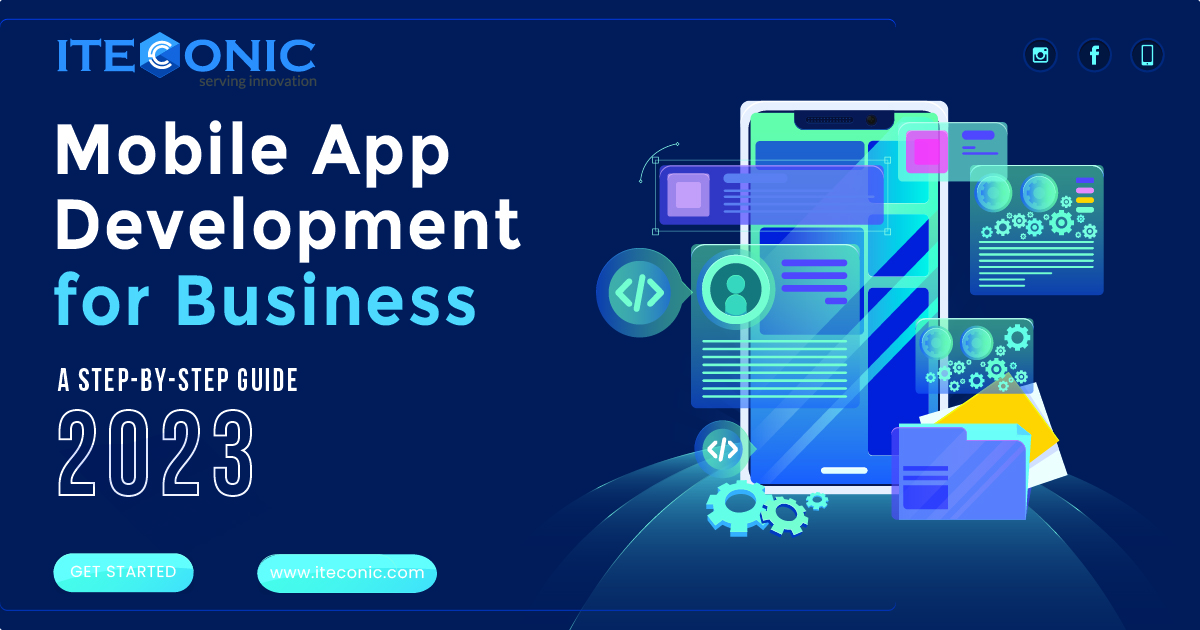How Much Mobile App Development Cost in 2023? A Detailed Guide

How much will a mobile app development company cost in 2023? If you are stuck with this same thought, then you’re not alone here. Whether you are a start-up or a big enterprise spending on mobile applications would be a great decision to grow your business grounds. What’s the reason behind it? The blooming number of active mobile phone users. Meanwhile, if you have decided to go for an app, a few things you need to consider first are the overall budget of the app, which mobile application development company you gonna shortlist, and how much mobile app development cost you are comfortable spending.
In this blog, we are going to cover every minutiae detail related to app development company costing in 2023, along with quick cost-effective tips and guides.
Also Read - How to Build a Loyalty Program
Mobile Application Development Company Cost: An Overview
With the evolving number of daily mobile app users and their increasing spending time on mobile applications, companies are in need to take this opportunity to boost their sales and profit game. As per the reports, by the end of 2024, the deployment of mobile applications on Google Play Store and Apple’s App Store will dominate to close on $171 billion worldwide. Taking these facts into consideration, then it clearly shows that now is the time for every business to develop and launch their mobile app to interact with their potential customers directly.
How to find the right mobile app development services near you? To save your time and resources, ITEconic – a prominent mobile application development firm Singapore is here to offer you reliable applications with top-notch features. Considering the average cost of the mobile app development process you might need to spend $40,000 to $150,000 for simple apps, $160,000 to $450,000 for medium-complex mobile applications, and $500,000+ for highly complex apps with advanced features.
Note – These are the tentative custom mobile app development cost, as it varies on multiple factors, including the app’s complexity, development process, and overall functionalities with others.
Top 10 Factors That Influence Your Mobile App Development Cost
The cost of the mobile app development process can be dependent and influenced by various factors, and understanding these factors is crucial for budgeting and planning your app development project. Here are the top 10 factors that you should know before getting a quote for your mobile app development cost:
App Complexity: The foremost factor in this matter would be the complexity of your mobile application, including the number of features, interactions, and integrations, which directly affects development time and cost. While considering developing a simple app, then it would range between $40,000 to $150,000 with basic user features like a dashboard, login panel, and limited administration.
Platform: Developing a cross-platform application for both iOS and Android will incur higher costs compared to the native one which only targets a single platform. While adding more features and functionalities would also increase the cost factor.
Design: Custom app designs, animations, and user-friendly interfaces may increase development costs compared to using pre-built templates. Hence, it is advisable for you to go for the MVP development for the first version, as it will save your money and time.
Development Team: The experience and expertise of the development team or mobile app development firm Singapore plays a great impact on the overall cost of making an application. Hence, choose only the experts with experience that fit into your budget.
Backend Development: You can’t neglect the fact that apps with complex server-side functionalities or database requirements will have higher development costs. While integrating third-party APIs or services may add to the development time and cost.
Diverse App Category: When you move from one category to another, multiple things change from one interface to another including functionalities that will be effective in real-time, this may result in higher development costs.
Security Features: The next factor which is important in mobile app-making cost, would be its security-based features. Several mobile apps that require robust security measures and user safety, such as encryption or user authentication, may increase development costs.
Testing and Quality Assurance: When you develop an application, testing would be crucial for intact performance and quality assurance. Rigorous testing for bug fixing and quality assurance is essential, but it can increase the overall development cost.
App Maintenance: Budgeting for ongoing app maintenance, updates, and support should be considered for long-term costs. Therefore, while creating a budget for your application, make sure to consider all the important factors of maintenance and stick to your budget.
Location of Development Team: Hiring a prominent app development company and skilled team from regions with different hourly rates will impact the overall cost. Rates may vary significantly between different countries and regions.
Keep in mind that each app is unique, and the cost will be influenced by a combination of these factors. To get an accurate cost estimate for your specific app project, consult with multiple mobile app development services to get the best-ever quotation and final price.
What are the Hidden Factors Affecting Mobile Application Development Costs?
After knowing the most obvious factors that lead to the cost of the mobile app development process, there are several hidden factors as well that can affect the virtue of your development project costing. While talking about these factors then they might not be immediately evident but can have a significant impact on the overall development expenses. Let’s dive into them:
Project Management and App Performance: Efficient project management is crucial for app development. A lack of clear communication, scope creep, or frequent changes in requirements can lead to increased development time and costs. While, to ensure optimal app performance, quick loading times, and responsiveness may require additional optimization efforts, which can add to the development cost.
Device Fragmentation with Other Compliance: Developing an app to work seamlessly across various devices, screen sizes, and operating system versions can increase testing efforts and development complexity. Complying with data protection, privacy laws, and other regulatory requirements may involve additional development and documentation efforts.
User Feedback and Integration Challenges: Gathering user feedback and making iterative improvements can extend the development timeline and impact the cost. On the other hand, integrating with third-party services or existing systems can present unforeseen technical challenges that may require additional development efforts.
Scalability and Accessibility: If your app is expected to handle a large user base, it may require additional scalability measures, which can impact the development cost. Ensuring that your app is accessible to users with disabilities may involve extra development efforts and compliance with accessibility standards.
To control the impact of these hidden factors, it's essential to engage in thorough planning and communication with your development team. Clearly define your app's requirements and objectives and establish a transparent working relationship to manage any unforeseen challenges effectively.
Brownie Post to Read – How to Develop a Mobile App for Business
What Are The Most Popular Global Apps and Their Development Cost?
For every mobile application development, the cost of the overall project may vary widely based on the above-stating factors. It's essential to note that app development costs can change over time, and the popularity of apps may also shift. Here are some examples of popular global apps and their estimated development costs:
Instagram: Who doesn’t want to develop a social media app like Instagram or Threads? But do you, creating an application like Instagram with features such as image and video sharing, filters, and a user-friendly interface could cost you between $100,000 to $500,000, depending upon the user interaction and usage of the application.
WhatsApp: With over 2.78 billion active users worldwide, WhatsApp has taken a storm in the industry by allowing users to communicate effortlessly. A messaging app like WhatsApp with multimedia messaging and text features, along with other features and facilities like video calls, encryption, and cross-platform compatibility will cost between $150,000 to $500,000.
Uber: This popular ride-sharing app is feasible to connect drivers with customers without making any hassle. Users with the Uber mobile app download can instantly request or schedule their rides by adding up a fare method like UPI, Credit/Debit card, and cash. While building an on-demand ride-hailing app like Uber with features like real-time tracking, payment integration, and driver-partner management could cost anywhere from $200,000 to $1 million or more, depending on the scale and complexity.
TikTok: TikTok is a short-video-sharing app that created a revolution in the entertainment world by stacking up over 1.85 billion users. Developing a short-video sharing app like TikTok with user-generated content, video editing tools, and personalized recommendations could cost around $100,000 to $500,000 or more.
Netflix: On our list, Netflix would be the most used and downloaded media streaming platform, allowing you to watch several shows, movies, and web series at your convenience. Considering the factor, then developing a video streaming app like Netflix with a vast content library, user profiles, and personalized recommendations could cost between $200,000 to $1 million or more, depending on the platform and content complexity.
For the most accurate cost estimation, it is best to consult with a professional mobile app development firm Singapore like ITEconic, providing them with detailed specifications for your app project.
Recommended to Read: What are the 5 effective loyalty programs
Leading App Development Company Explains How Do Apps Make Money
There is room for earning opportunities for businesses after launching their go-to app in the market. In this section, we have described a few most popular channels to earn more from your market-launched application.
Here are some common ways for applications to make money:
In-App Advertising: Applications display ads to users, and the app owner earns revenue from advertisers for each ad impression (CPM) or click (CPC). A few of the most popular ad formats are native ads and banner ads.
In-App Purchases (IAP): Mobile applications offer virtual goods, premium features, or additional content for purchase within the app. Users can buy these items using real money, and the app owner receives a percentage of the sales.
Subscriptions: With the introduction of subscription plans to users, providing access to premium content, services, or features for a recurring fee (monthly, yearly, etc.).
Freemium Model: Apps offer a basic version for free but provide advanced or exclusive features at a cost. Users can choose to upgrade to the paid version for an enhanced experience.
Sponsorships and Partnerships: Apps can collaborate with brands or businesses to promote their products or services within the app in exchange for sponsorship revenue.
Data Monetization: Some apps collect user data (with consent) and anonymize it for market research or targeted advertising purposes, generating revenue through data partnerships.
Affiliate Marketing: Apps can include affiliate links or referral programs, where they earn a commission for promoting products or services and driving users to make purchases.
Licensing and White Labeling: Some apps may license their technology or offer white-label versions to other businesses for a fee.
Crowdfunding: Apps with unique ideas or features can raise funds through crowdfunding platforms, offering rewards to backers.
Physical Goods Sales: E-commerce apps directly sell physical products to users, earning revenue from product sales.
The choice of monetization strategy depends on the app's niche, target audience, and unique value proposition. Many application owners often combine multiple monetization methods to diversify their revenue streams and maximize profitability. In case you are new to this genre, consider consulting ITEconic, your reputed mobile app development firm Singapore.
Trending Now: Why Mobile App Development Companies Choose Flutter
How To Reduce Your Mobile Application Development Company Costs?
Many business owners want to reduce the overall app-building process cost, but don’t know how to do it. Reducing mobile app development costs can be achieved through careful planning, smart decision-making, and resource optimization. Adhere to the following points to understand some effective strategies to help you reduce your app development expenses:
| Clearly Define App Requirements | Start with a well-defined and detailed project scope. Avoid frequent changes during development, as they can lead to additional costs and delays. | |
| Choose the Right Development Approach | Consider outsourcing to a reputable app development company or hiring freelance developers from regions with lower hourly rates to save on labor costs. | |
| Prioritize Features | Focus on developing essential features first and consider adding advanced functionalities in future updates. This approach minimizes initial development expenses. | |
| Use Cross-Platform Development | Develop your app using cross-platform frameworks like React Native or Flutter. This allows you to build a single codebase for both iOS and Android, reducing development time and cost. | |
| Reuse Components | Leverage existing libraries, frameworks, and open-source components to save time and effort on building features from scratch. | |
| MVP Development | Start with a Minimum Viable Product (MVP) to validate your app idea and gather user feedback. This approach helps you avoid unnecessary development of features that may not be well-received by users. | |
| Optimize App Design |
|
|
| Frequent Testing | Regularly conduct testing throughout the development process to identify and fix issues early, preventing costly fixes at later stages. | |
| Post-Launch Cost Analysis | Continuously monitor app performance and user feedback after the launch. Use this data to identify areas for improvement and allocate resources effectively. | |
| Cloud Services | Utilize cloud-based services for hosting, storage, and backend infrastructure. This approach can be cost-effective and scalable, reducing the need for extensive hardware investments. |
By adopting these cost-saving strategies explained by ITEconic – the best mobile application development company, you can optimize your expenses without compromising on the quality and functionality of your mobile application.
How Can ITEconic Help You App Development Cost Estimation?
Before taking advantage of mobile app development services by our in-house team of experts, make sure to understand that the average mobile application development cost can vary significantly based on multiple factors such as the app’s complexity, on-board features, platform (iOS, Android, both), development region, and the development approach (in-house, outsourcing, or freelancers).
In case, you won’t be able to find or calculate the final cost to make an app, make sure to hire professionals like us. However, note that throughout the mobile application development process, effective communication and collaboration with your development team or agency are essential. Regularly review progress, provide feedback, and make necessary adjustments on your web or mobile application to ensure that the final app aligns with your vision and meets your business objectives.
.jpg)
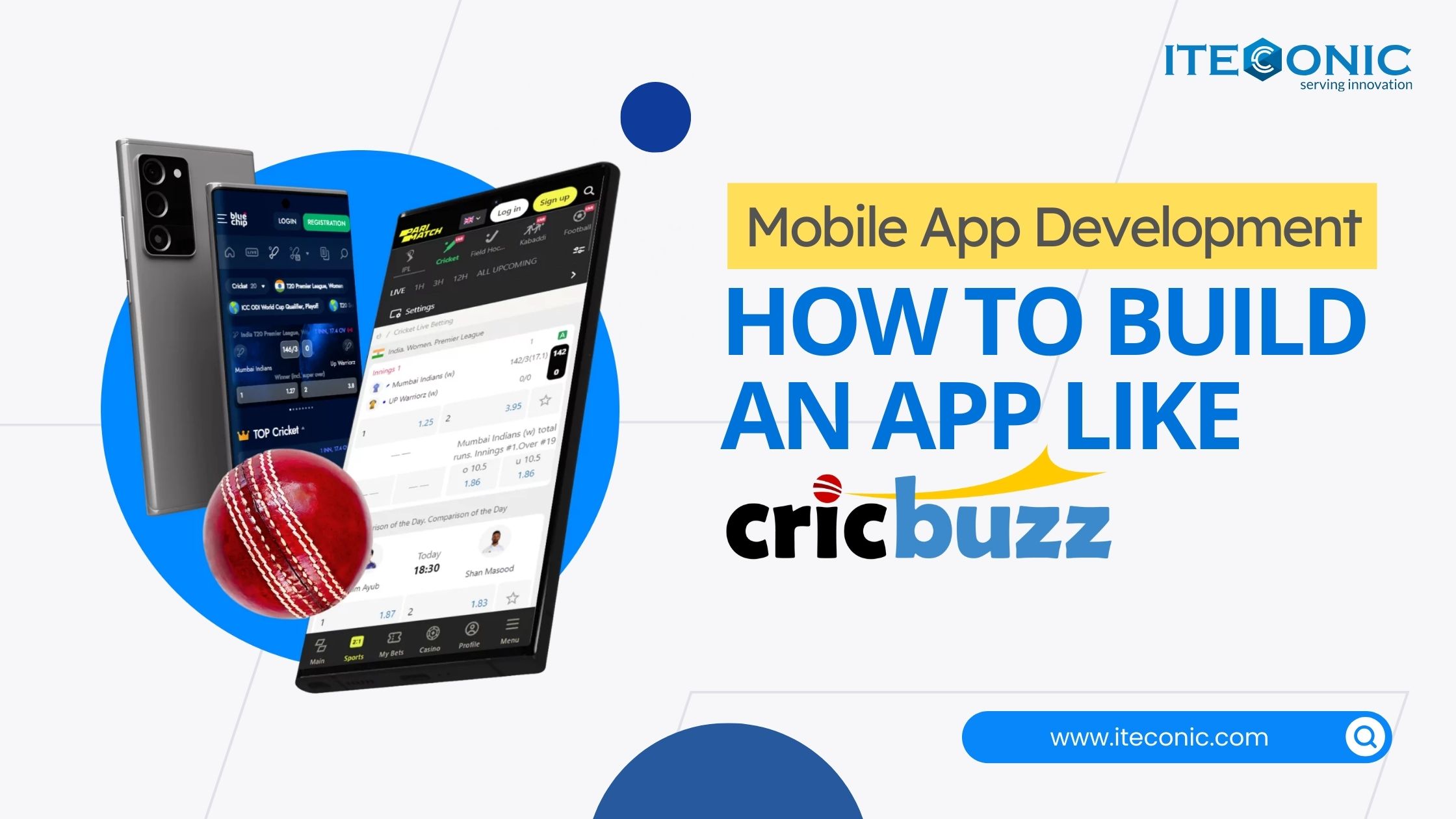
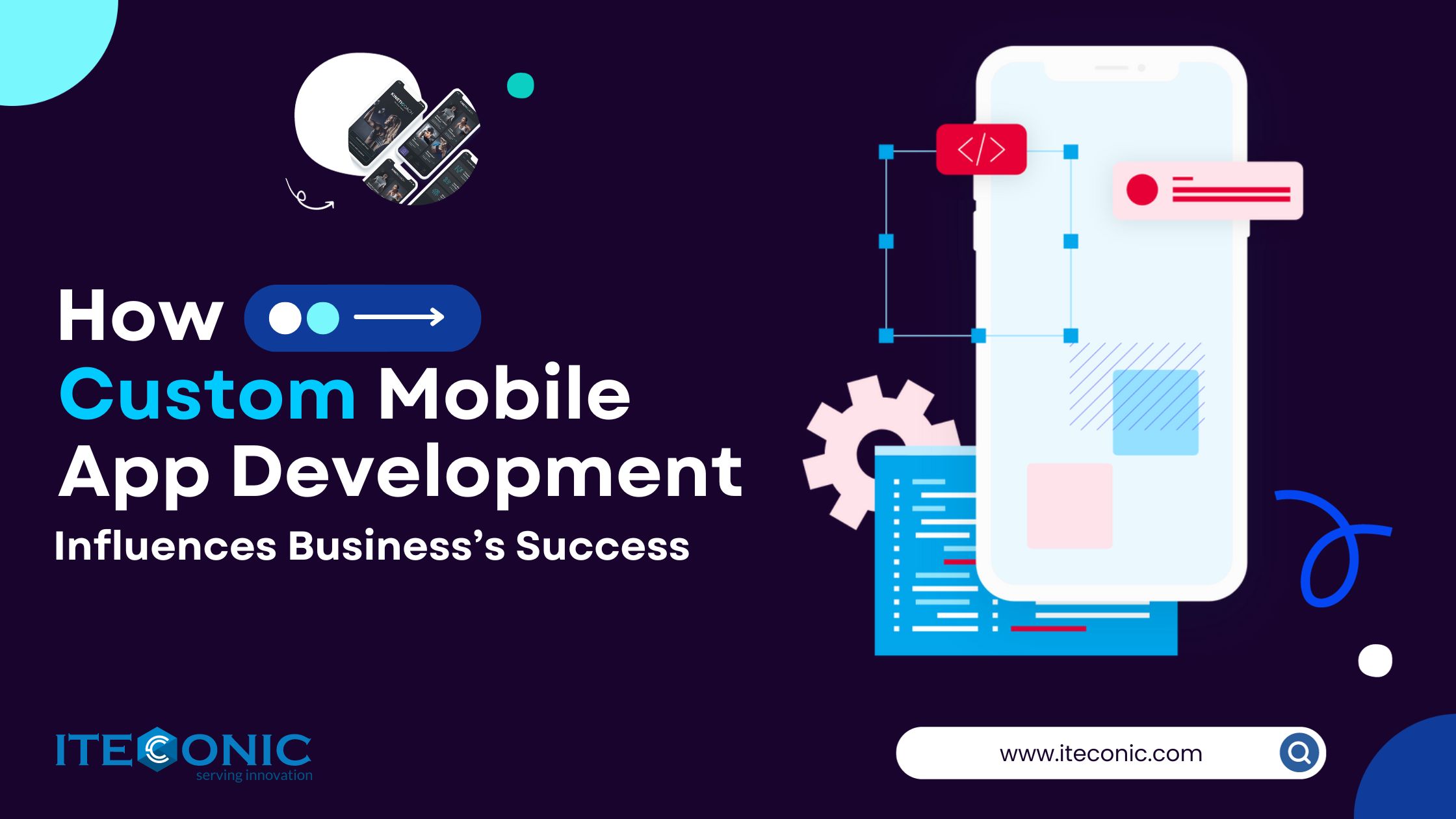
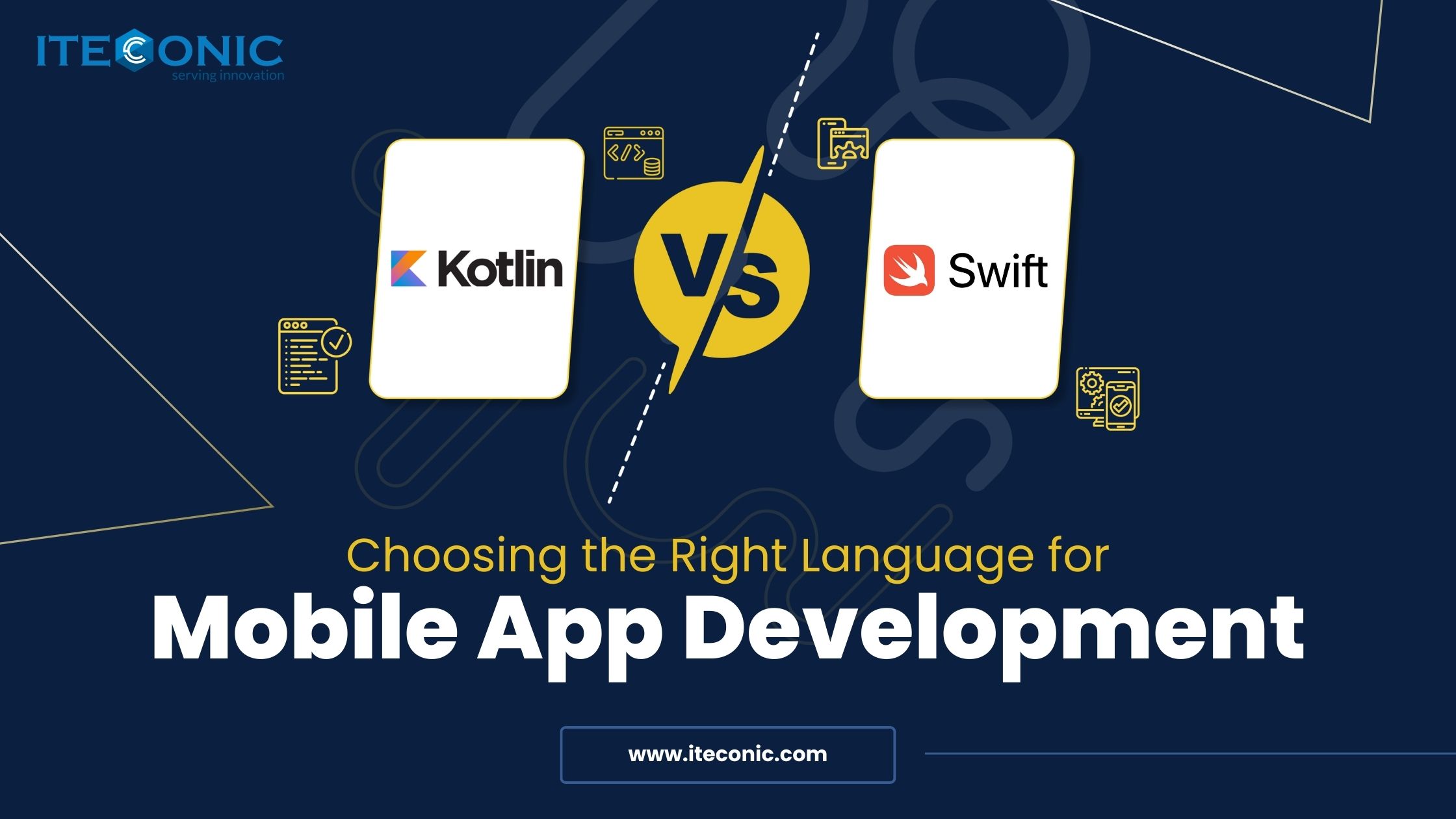

.jpg)
.jpg)
.jpg)
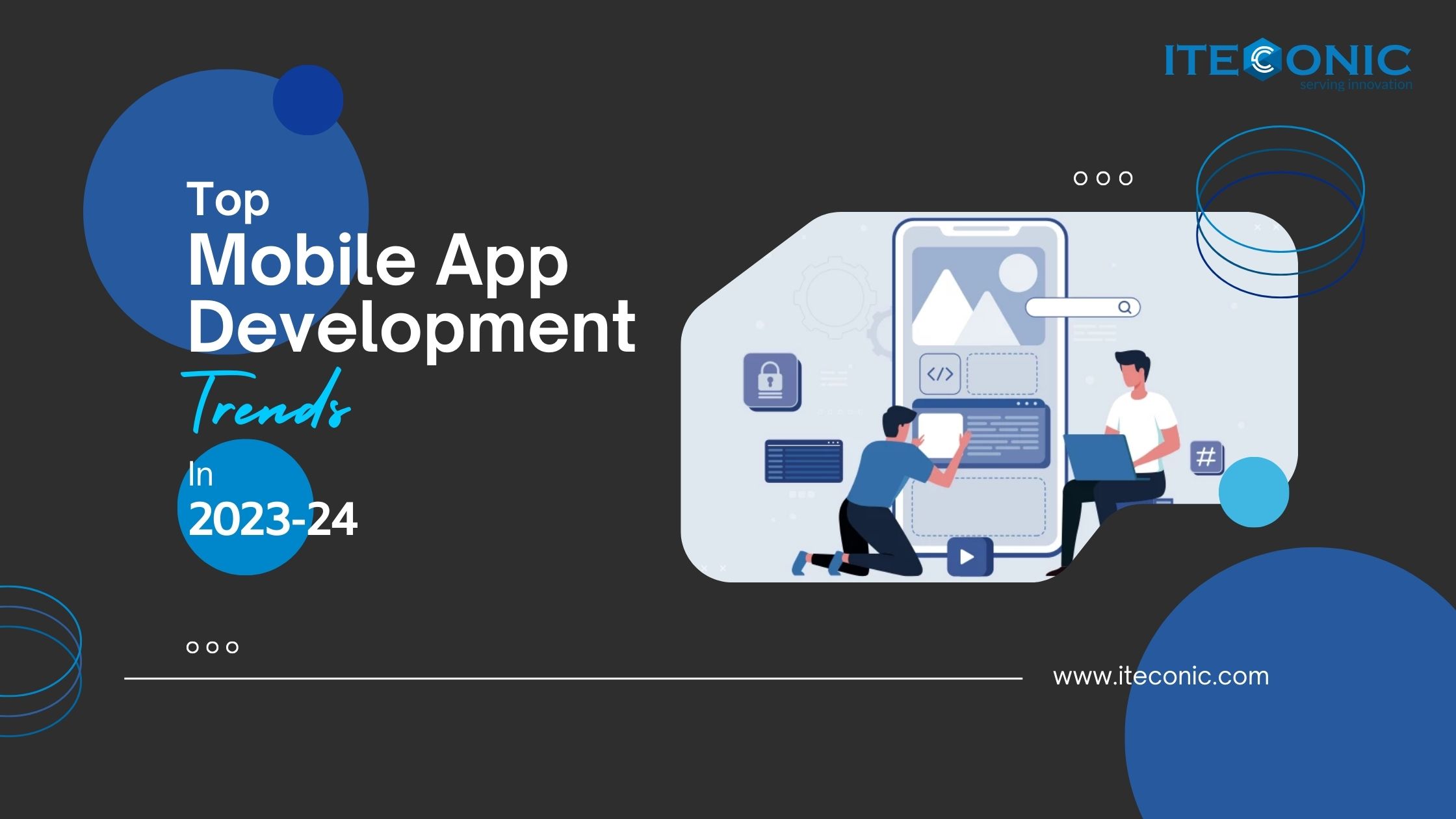
.jpg)
 (1).jpg)
.jpg)
.jpg)

 (1).jpg)

.jpg)
 (2).jpg)
.jpg)
.jpg)

.jpg)
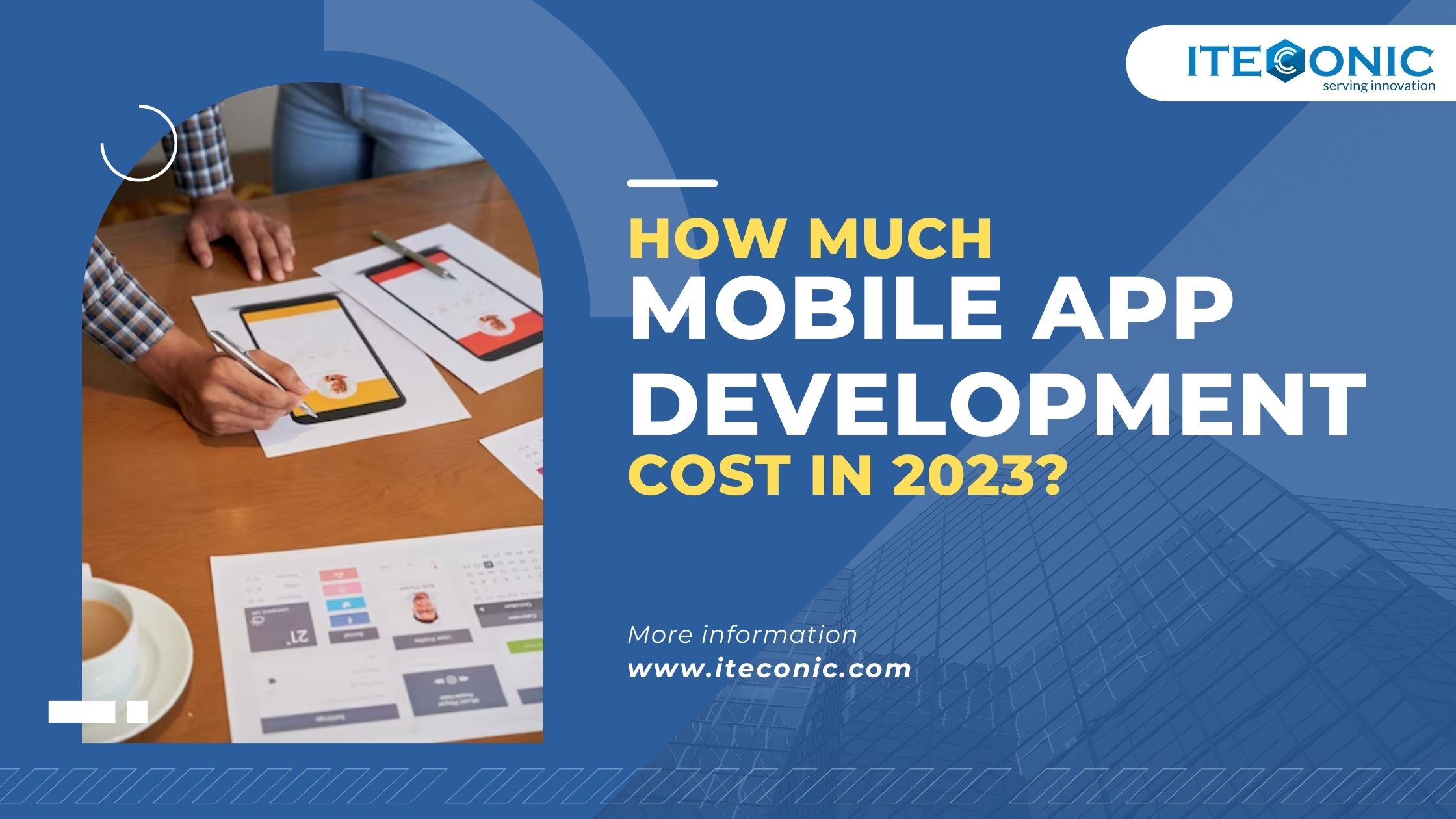

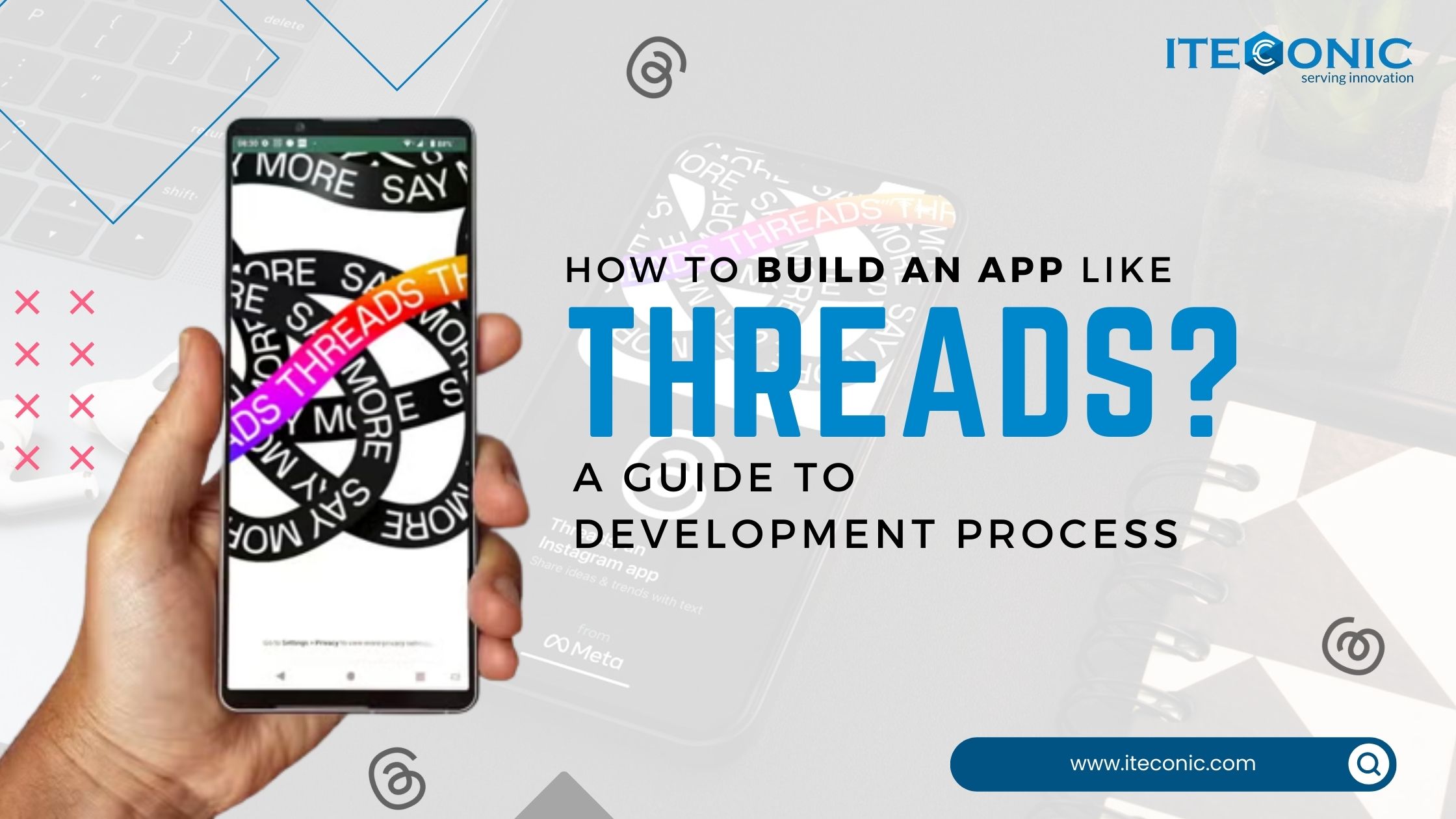
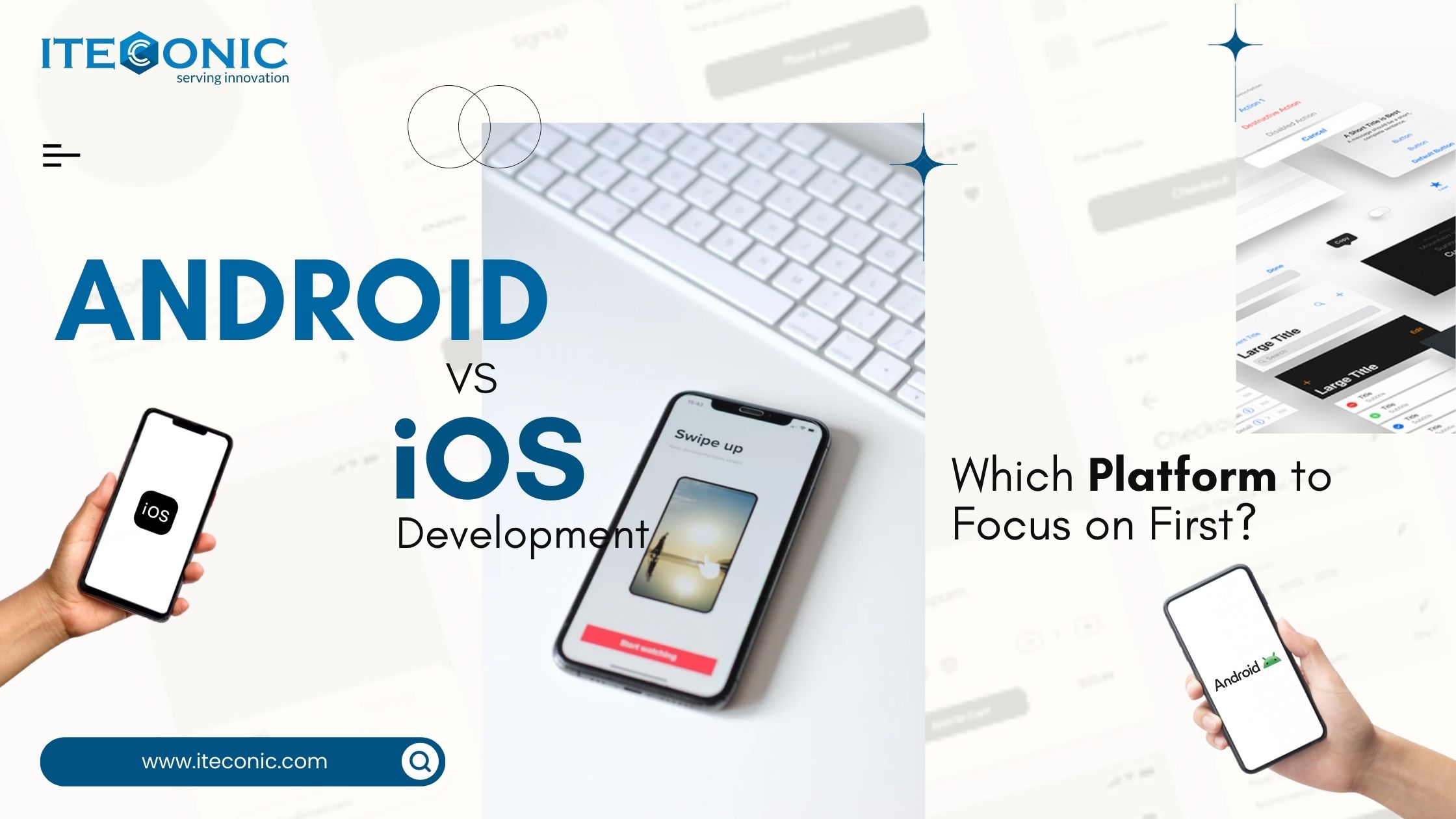

.jpg)
.jpg)
.jpg)

.jpg)
.jpg)
.jpg)
